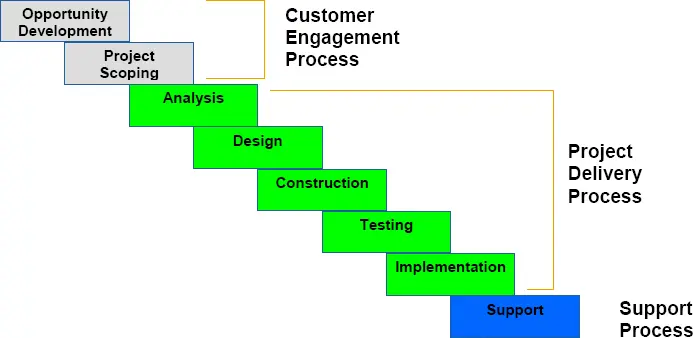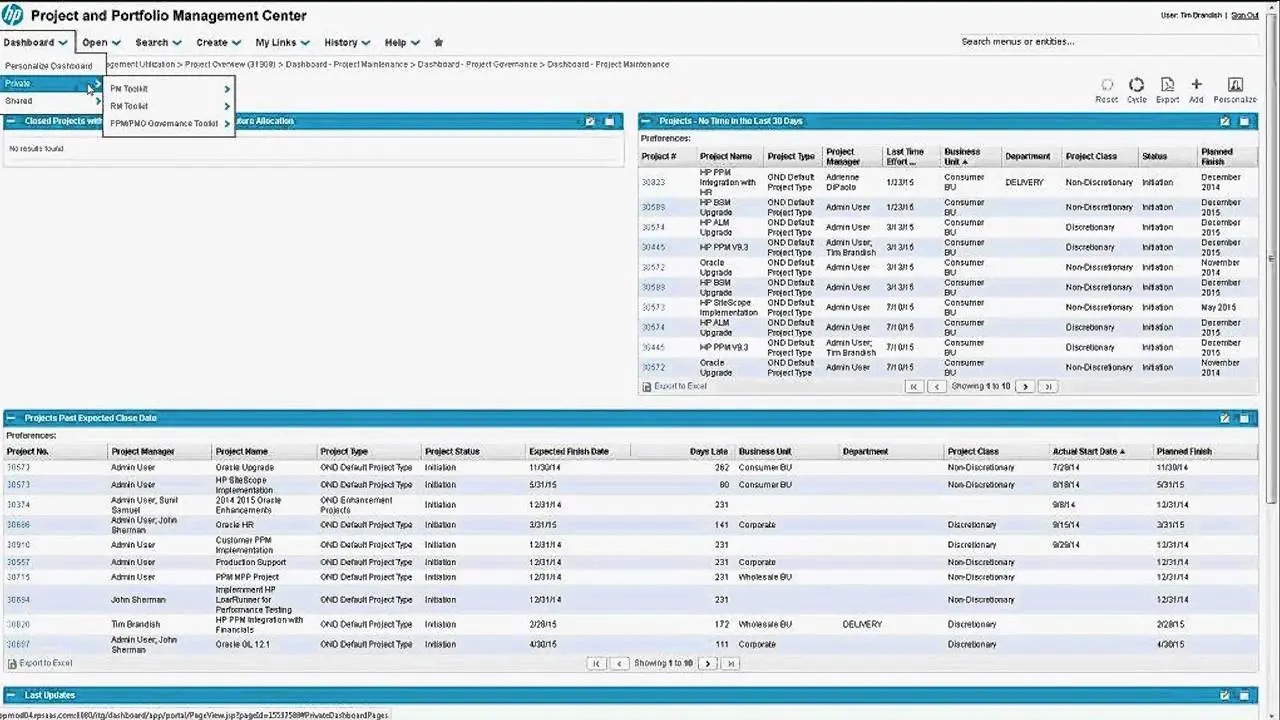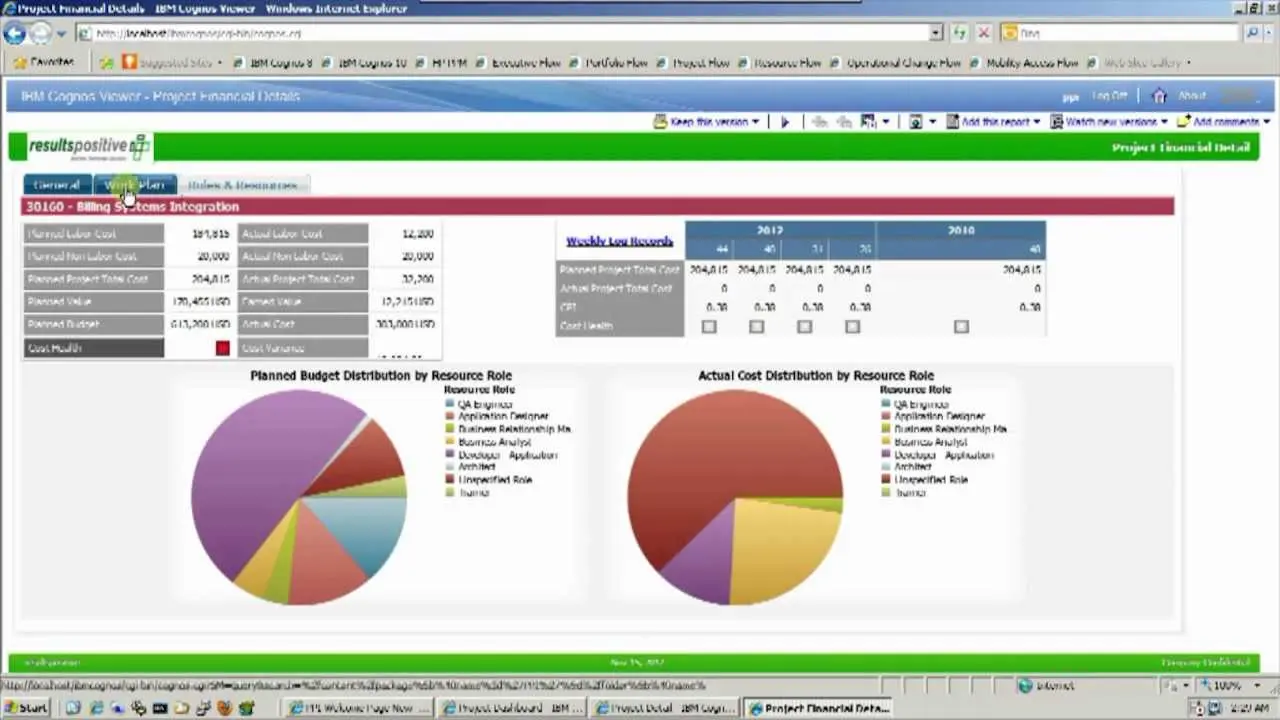Hewlett Packard Enterprise (HPE) offers comprehensive project portfolio management (PPM) training programs to help organizations effectively manage their projects, resources, and budgets. PPM is the centralized management of processes, methods, and technologies used by project managers and project management offices (PMOs) to analyze and collectively manage current or proposed projects based on various key characteristics.
What is PPM?
PPM, or project portfolio management, involves determining the optimal resource mix for project delivery and scheduling activities to achieve an organization's operational and financial goals. It takes into account constraints imposed by customers, strategic objectives, and external factors. PPM helps program and project managers in large organizations manage time, resources, skills, and budgets necessary to accomplish all interrelated tasks. It provides a framework for issue resolution, risk mitigation, and centralized visibility to identify the best approach to deliver projects and programs.
Objectives of PPM
The objectives of PPM are to prioritize the right projects and programs, eliminate surprises, build contingencies into the overall portfolio, maintain response flexibility, do more with less, ensure informed decisions and governance, extend best practices enterprise-wide, and understand future resource needs. By strategically prioritizing, planning, and controlling enterprise portfolios, organizations can increase productivity, strengthen performance, and improve results. PPM also provides formal project oversight to identify potential problems early and take corrective action before they impact financial results.
Key Capabilities of PPM
PPM provides key capabilities to project and program managers, including:
- Pipeline Management: This involves generating and evaluating project proposals to determine the feasibility of executing projects within specified resources and time. It includes ideation, work intake processes, and Phase-Gate reviews.
- Resource Management: PPM focuses on the efficient and effective deployment of an organization's resources, including financial resources, inventory, human resources, technical skills, production, and design. It allows users to model 'what-if' resource scenarios and extend this view across the portfolio.
- Change Control: PPM captures and prioritizes change requests, including new requirements, features, functions, operational constraints, regulatory demands, and technical enhancements. It provides a central repository for these change requests and matches available resources to evolving demand within project constraints.
- Financial Management: PPM improves accuracy in estimating and managing the financial resources of a project or group of projects. It demonstrates the value of projects in relation to strategic objectives and priorities through financial controls and assesses progress through earned value and other project financial techniques.
- Risk Management: PPM analyzes the risk sensitivities within each project to determine confidence levels across the portfolio. It integrates cost and schedule risk management with techniques for determining contingency and risk response plans, providing organizations with an objective view of project uncertainties.
The History of Project Portfolio Management
The roots of project portfolio management can be traced back to financial theories that emerged in the 1950s. Portfolio theories emphasize the coordination of diverse elements to mitigate collective investment risks. These theories enable the optimization of portfolio benefits, the effective utilization of limited resources, and the consideration of portfolio stakeholders. Harry Markowitz, a pioneer in portfolio theories, was recognized with a Nobel Prize for his work.
 Hewlett & packard: pioneers in tech industry
Hewlett & packard: pioneers in tech industry
Enterprise Project Portfolio Management (EPPM)
Enterprise project portfolio management (EPPM) is a top-down approach to managing all project-intensive work and resources across the enterprise. It replaces the traditional approach of using manual processes, desktop project tools, and PPM applications for each project portfolio environment.
Business Drivers for EPPM
EPPM is driven by the growing preference for managing multiple capital investment initiatives from a single, enterprise-wide system. This centralized approach provides transparency of performance needed by management to monitor progress versus the strategic plan. The key aims of EPPM include prioritizing the right projects and programs, eliminating surprises, building contingencies into the overall portfolio, maintaining response flexibility, doing more with less, ensuring informed decisions and governance, extending best practices enterprise-wide, and understanding future resource needs.

Project Portfolio Optimization (PPO)
A key result of PPM is to decide which projects to fund in an optimal manner. Project portfolio optimization (PPO) is the effort to make the best decisions possible under these conditions.
 Analyzing hewlett-packard (hpe) stock price: trends, factors, and analyst targets
Analyzing hewlett-packard (hpe) stock price: trends, factors, and analyst targetsBy leveraging Hewlett Packard Enterprise's PPM training programs, organizations can enhance their project portfolio management capabilities and achieve their operational and financial goals more effectively.

